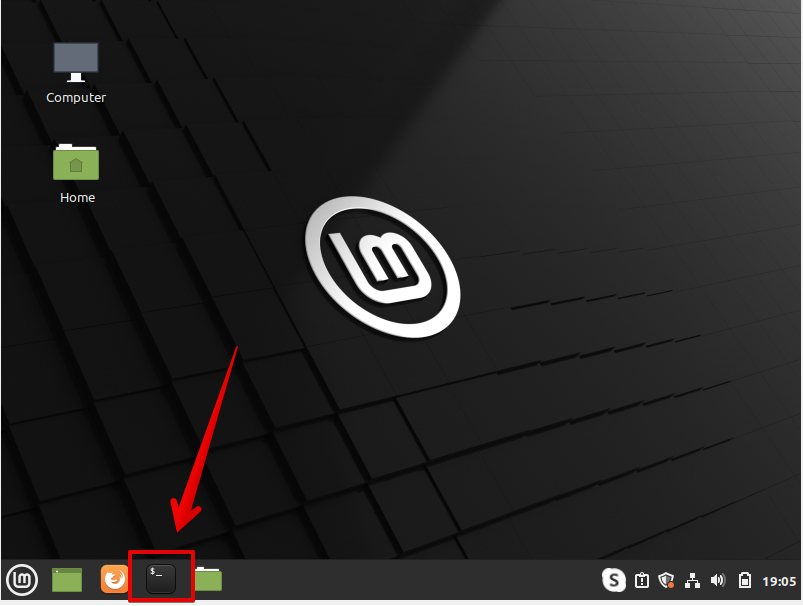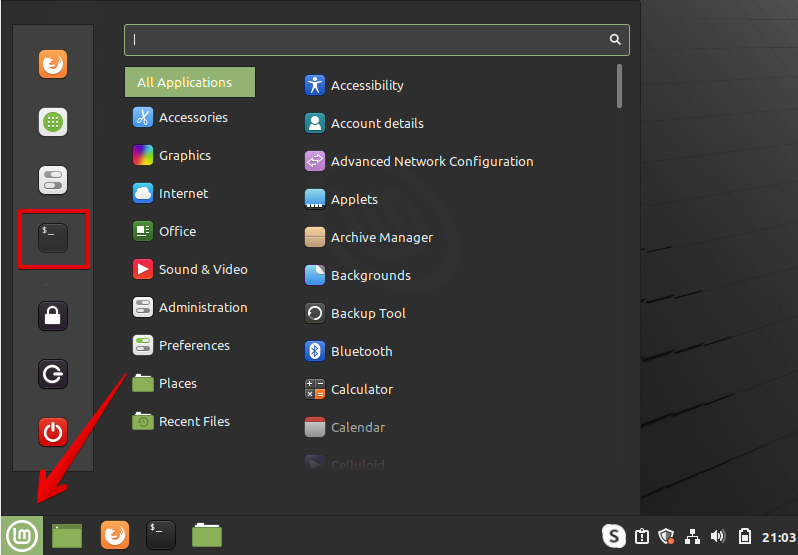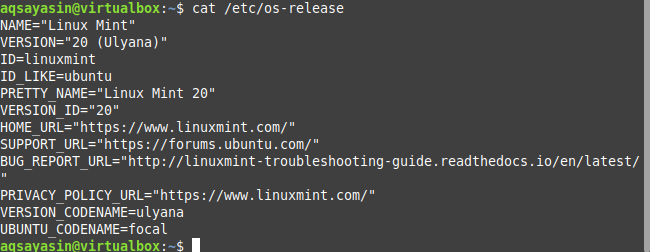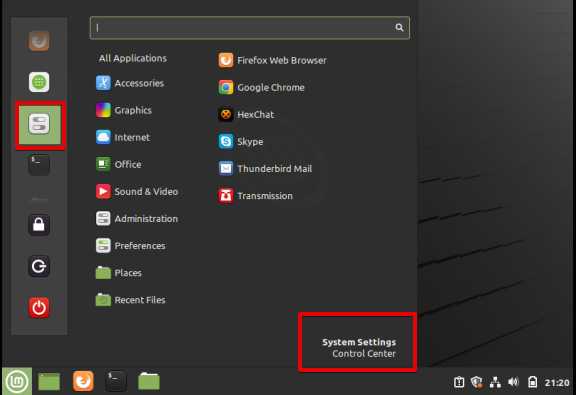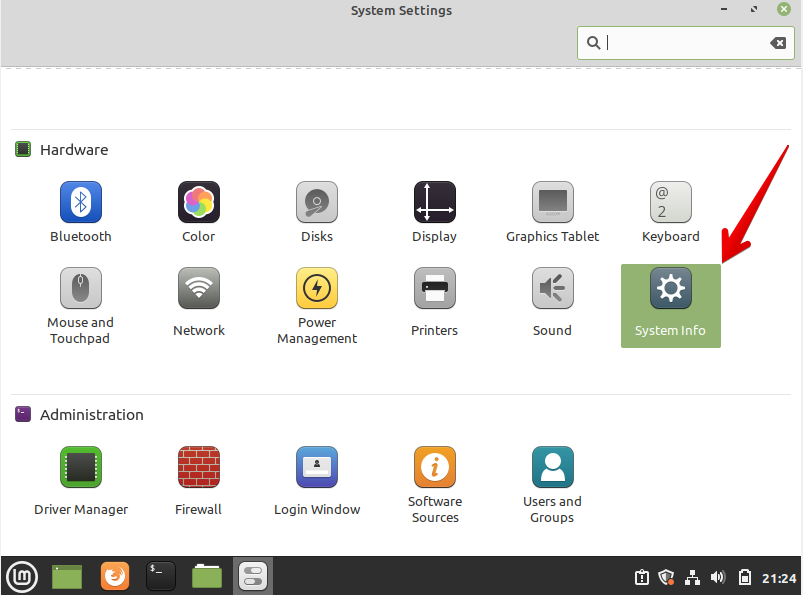In this article, we will learn how to check the installed Linux distribution name and Version on Linux Mint 20.
So, let’s start the demo.
Pre-requisites
You must have ‘sudo’ privileges or log in from the root user account on your system.
Check name and Version on Linux Mint 20
You can check the name and installed Linux distribution version using the following two different ways:
- Check name and Version in Linux Mint 20 through the command line
- Check Version using a graphical user interface method in Linux Mint 20
Let’s discuss each method one by one in detail.
Method 1: Check name and Version in Linux Mint 20 through the command line
Some users prefer to use the command line instead of the graphical user interface in Linux systems. Hence, using the command line, you have more options to get details about the installed Linux Mint distribution. To check the name and version of the Linux system on Linux Mint 20 environment, you need to follow the following different steps:
To open the terminal application, just log in to your Linux Mint 20 system and then click on the terminal icon that will be displayed on the taskbar.
Or you can pick the terminal by accessing the main menu. You can see the below-given screenshot, which is highlighted red:
In Linux distribution, specifically for Linux Mint 20, there are a lot of various utilities and text files present, which may help you to find the Linux Mint version. You can search the file that contains more information about the installed Linux Mint version, and that is available for all Debian based Linux/GNU distributions. This file you can find at etc/issue. Run the below-mentioned command on the terminal that will display the installed Linux Mint version:
After executing the above command, the following output will show on the terminal:
Display installed Version Using hostnamectl utility:
The most common utility or command that is available for almost all Linux systems is ‘hostnamectl.’ It displays detailed information about the currently running operating system. To display the installed version of Linux distribution using ‘hostnamectl’ utility, follow the appended method:
Type the following command on the terminal to display the information about the installed Linux Mint version:
The above command will display the complete information about the currently used operating environment and loaded kernel version. The following details about the installed Linux system to be displayed on the terminal:
The one, more file option ‘/etc/linuxmint/info,’ is available on the Linux Mint 20 distribution that keeps the details about the kernel and installed Version. Execute the following command on the terminal to view the kernel details:
The following output should display on the terminal window:
One more popular command which is available on Linux Mint is the ‘lsb_release’ command that provides much flexibility to select which piece of information is important for you to include in the Version checking task. To reveal the information about the released Version, distributor details, and codename, then you need to execute the following command:
After executing the above command, you will achieve the following information on the terminal window:
Type the following command to view the information about Linux Mint:
The following installed distribution details will display on the terminal screen:
Or you can also execute the following command to check the installed version of Linux Mint on your system:
You will see the following detailed information about the Linux Mint version:
Method 2: Check version using the graphical user interface method in Linux Mint 20
As we have discussed above, various Desktop environment managers are available for all Linux Mint distributions. So, you need to follow the following steps to check the installed Linux Mint version for Cinnamon Desktop.
- Click on the start menu, the following application list menu will display on the system.
- Click on the ‘system settings’ icon from the list, which is also highlighted in the below-given screenshot.
- Once you click on the system settings, the following window will display your system where you will see the different management applications. Scroll the mouse cursor on the displayed window and click on the ‘system info’ icon as follows:
The following window will display on your system:
From the above screenshot, you can get the details about the currently installed operating system, cinnamon version, Linux kernel, and other system resources like processor, memory, hard drive, and graphics card.
Conclusion
From the above article, we have learned how to check the details about the name and installed Version of Linux Mint. You can get detailed information about your system by following this tutorial. From all the information, as mentioned above, I hope now you can find the installed Version of any Linux distribution. We have discussed two different ways, i.e., by using a command line and by using a graphical user interface, through which a user can display the information about the installed Linux distribution. If you feel any difficulty related to the ways as mentioned above, then let us know via your feedback through the comments. We will welcome your queries.

